Introduction
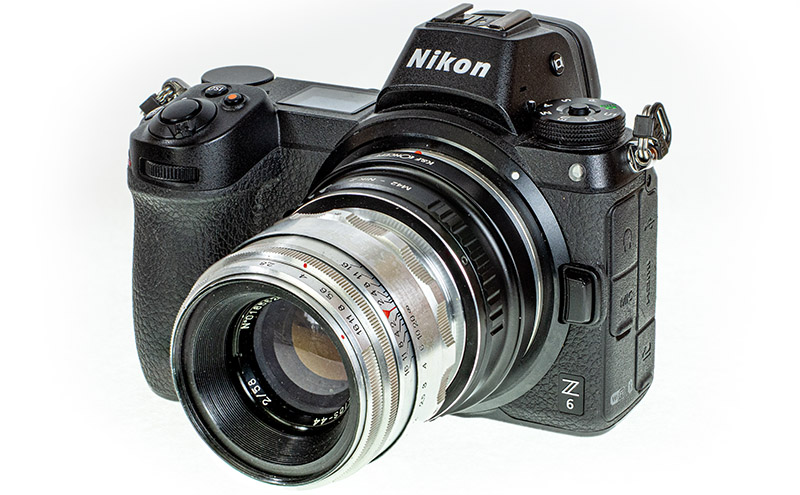
The Helios 44 is basically a copy of the Carl Zeiss Jena Biotar 58mm f/2, optically that is. At the beginning it was even called “БТК” – “БиоТар Красногорский” (BioTar Krasnogorski). At the end of Wold War II the Russians took the Zeiss’ designs and materials back to Russia and copied them. The Soviet Union manufactured millions of this lens in different variants and it shipped as standard lens on many Soviet (Zenit) cameras. KMZ (the same factory that made the Zenit cameras) started manufacturing this lens from 1945. The Helios 44 lenses have built a cult around themselves in modern days and have been very popular for portrait photography and videography, it is the number one vintage lens used for making videos on modern cameras. It is very popular for its image character, its clickless aperture, balanced center sharpness and not least its swirly bokeh. Let’s have a look!
Sample Images
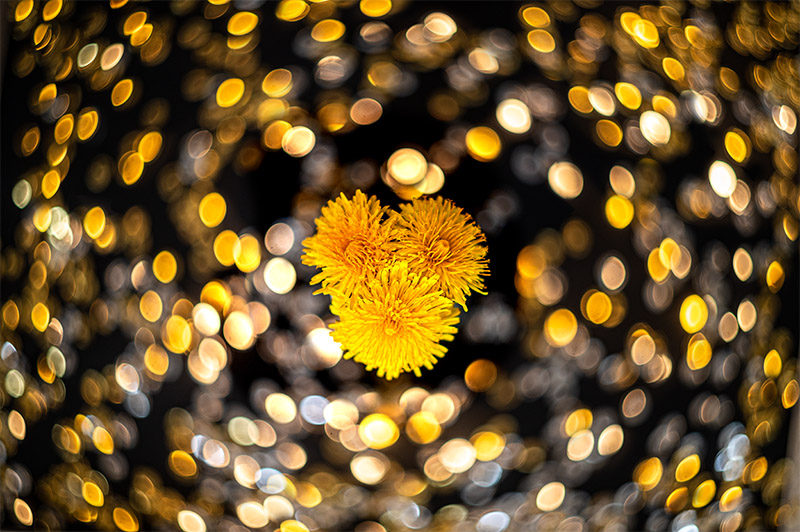
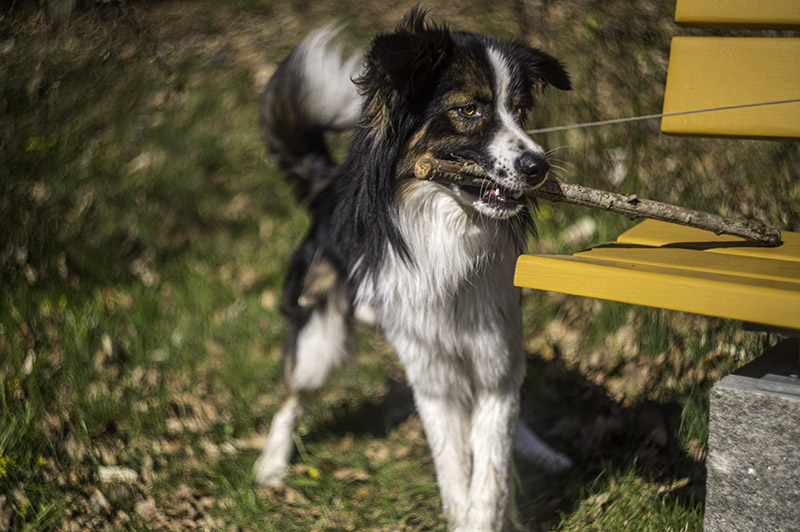
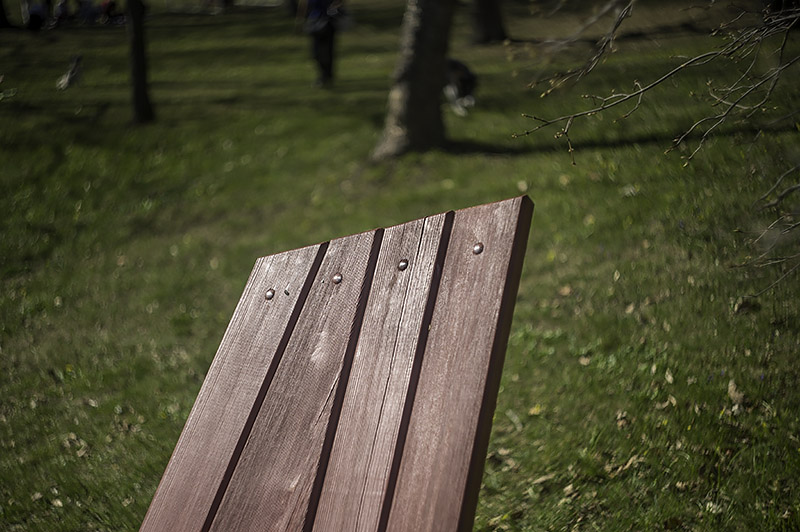
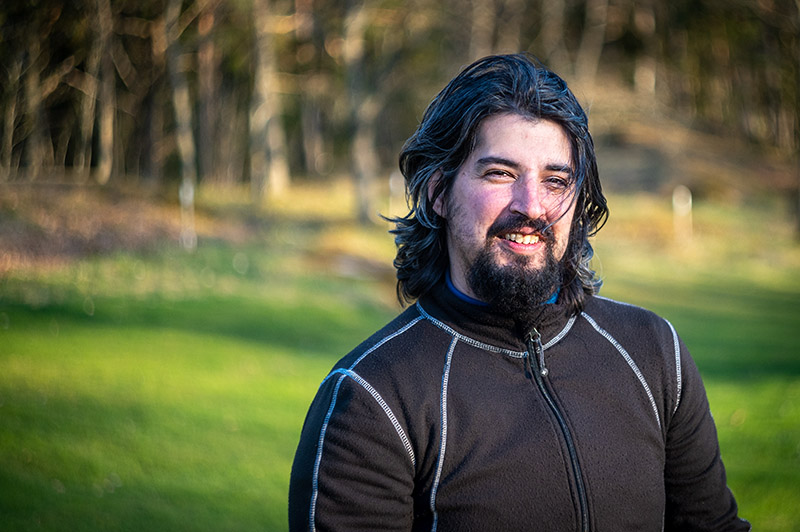

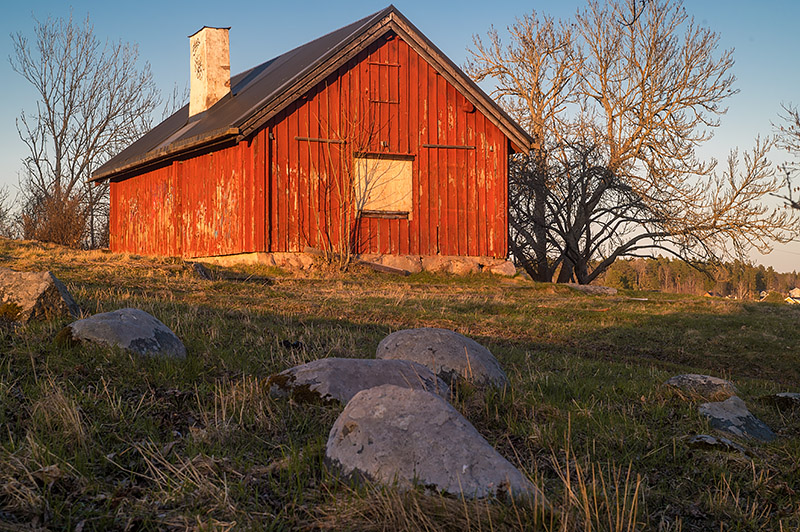
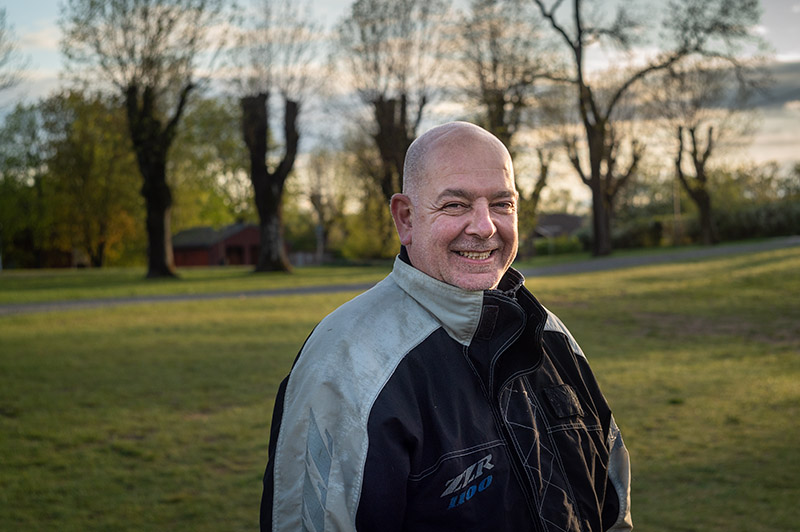
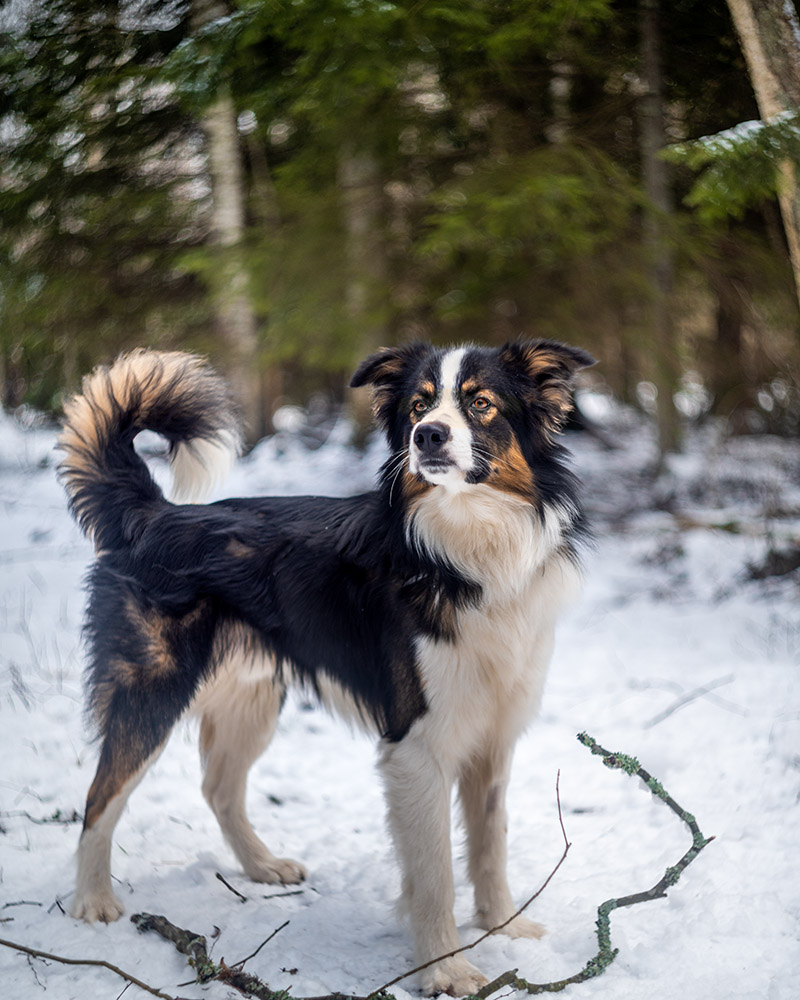
Most of the sample images in this review and many more can be found in higher resolution here.
Specifications
Focal Length: 58mm
Aperture Range: 2 – 16
Number of Aperture Blades: 13
Min Focus: 0.5m
Filter Size: 49mm
Lens Mount: M39 (Zenit SLR, not rangefinder)
Weight: 222g
Length: 48mm
Elements/Groups: 6/4
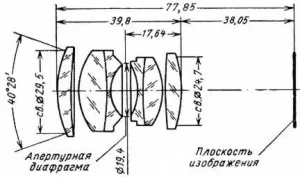
Variations
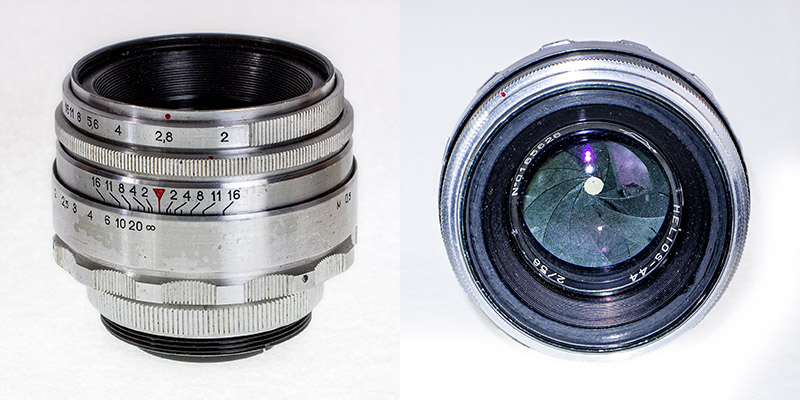
As far as I know there are two versions of the early silver metal body; an original very early version with a bayonet mount and 40.5mm filter size and this one, which has an M39 screw mount with 49mm filter size. This second version exists in three variants; the first variant had 13 aperture blades in the range of f/2-f/22, second version (the one in this review) has also 13 aperture blades but with the range of f/2-f/16 and the last variant has only 8 aperture blades f/2-f/16.
Later versions are all black and have the namings 44-2 (the most spread version), 44-3, 44M, 44M-4, 44M-5, 44M-6 and the final 44M-7. The 44-2 version itself has been produced in different variants and at different factories (KMZ, BeLOMO and Valdai) in the Soviet Union. Only the two early Helios 44s have 13 aperture blades, the later ones have either 8 or 6 blades.
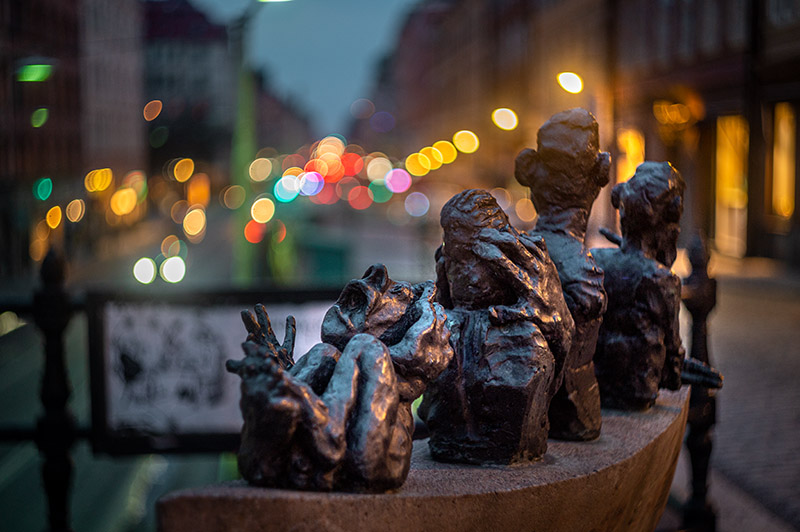
Handling
Silver all metal body, a completely manual lens with no electrical contact to the camera. The focus ring turns a massive 300 degrees and it runs extremely smooth being very well damped, it’s a pleasure to use. The Helios has an aperture preset mechanism at the front with two rings; one with not equidistant aperture markings on it, which clicks rather stiffly between each f-stop to set “the smallest aperture you want to work with” (it is the ring at the top in the picture above). The lower aperture ring is clickless that turns extremely smooth and can set the aperture from wide open to the value you have set on the top ring. (Example: say you set the top ring to f/5.6, with the lower ring you set/change the aperture without any clicks from f/2 down to as far as f/5.6 but not beyond it). This is a nice feature for video makers as it means they can precisely control the light levels as they shoot and change the aperture without any shaking during the filming and without “jumps” in the scene light level when going from one aperture setting to another.
The early Helioses (like the one in this review) have 13 aperture blades (that’s 5 more than the later 44-2) and also have an M39 mount rather than M42. You need an adapter ring (M39 -> M42) to use it with M42 adapters.
Note: This is the Zenit M39 SLR mount not to be mistaken with the Leica M39/LTM mount.
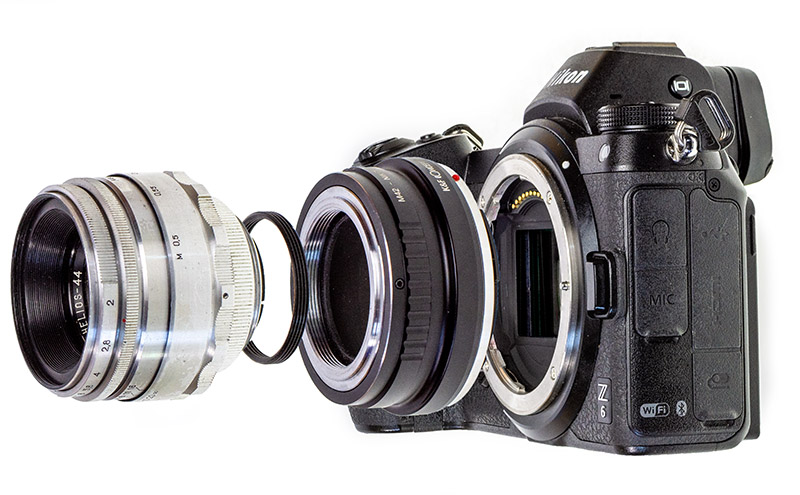
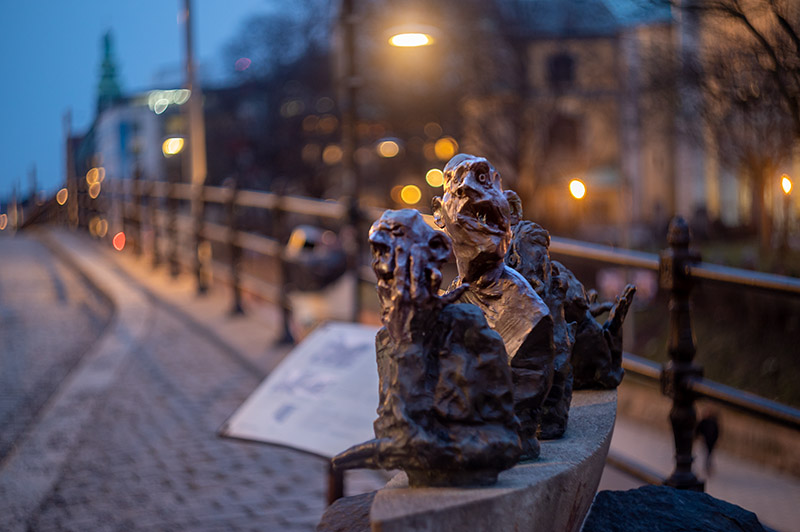
Optical Features
Sharpness (Infinity)
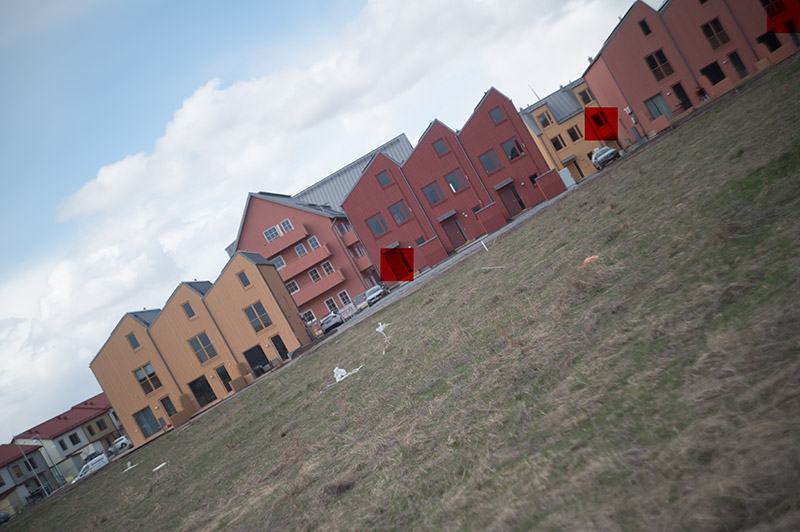
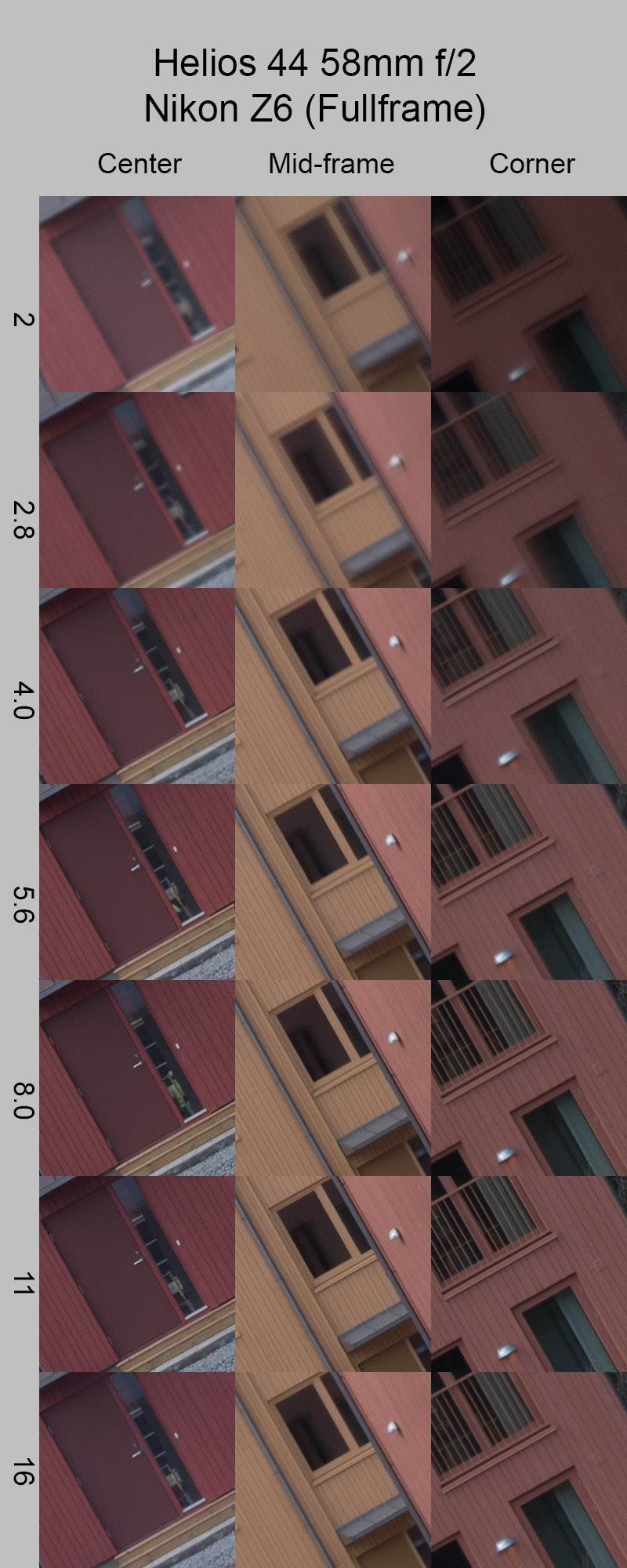
Infinity sharpness is really bad wide open everywhere in the frame. The center area becomes just almost OK at f/4. At f/5.6 it is good and very good at f/8 and f/11. Mid-frame sharpness becomes good at f/8 and smaller. At f/16 the image becomes a little softer everywhere due to diffraction. It is not normal that the sharpness is so bad at f/2 and f/2.8, not even for a vintage lens from the Soviet Union. By controlling the whole image you can see that the sharpness is much better at wider f/stops at closer distances (about 20-30m) when the focusing ring is set at infinity.
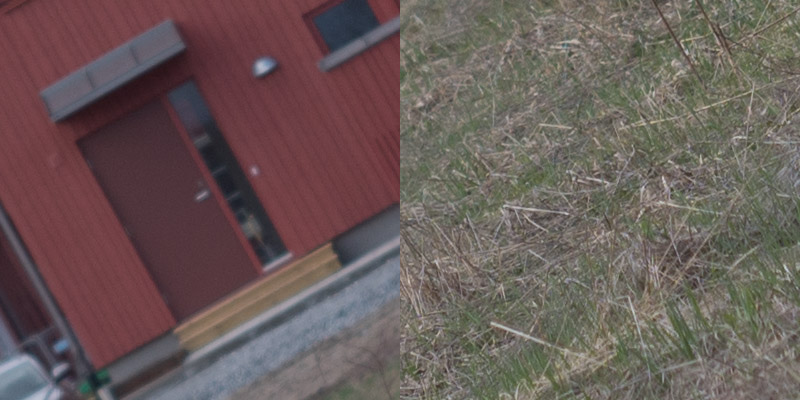
It shows that the lens cannot focus at infinity. The lens block does simply not recess enough to be able to set the focus at very long distances. It seems that the focus is at about 25m to 30m. At f/5.6 or smaller the problem is not noticeable anymore as the depth of field has increased so much that everything is within the depth of field from 13m to almost infinity (or around 500m) if the focus is set to 25m. This is a common problem with Helios 44 lenses on many modern cameras. (the reason is that M39 camera flange distance is 45.2 mm, while an M42 camera flange distance is 45.46mm, when using an M42 lens adapter on modern cameras, there is a difference of 0.26mm, the lens is 0.26mm too far from the sensor when it is set to infinity and therefore not in correct focus position). It is possible to modify the lens by a (relatively simple) surgical procedure to remedy the issue. I may do it, I’ll let you know here if I do it.
Sharpness (Portrait)
For portrait sharpness let’s look at the frame center, inner periphery and outer periphery of the center. Normally for a standard lens it is not that interesting to look at portrait sharpness at apertures smaller than 2.8 or 4 but for a lens with 13 aperture blades f/5.6 and even f/8 are also of interest.




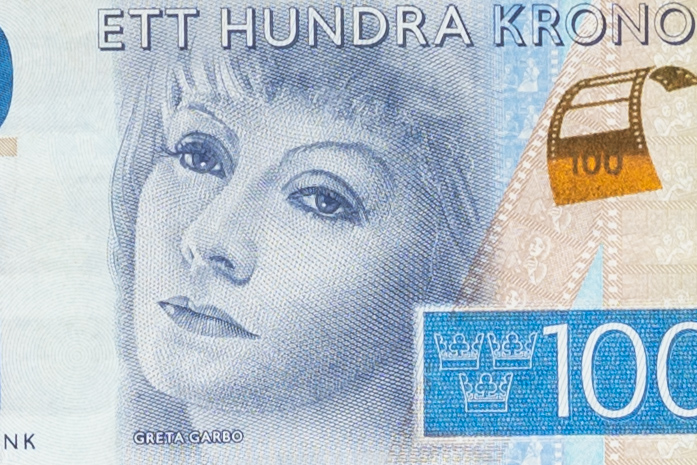
Center sharpness: At f/2 the picture doesn’t have much contrast but if we take a look at the middle of the image we can see that it’s actually sharp. Corners are incredibly soft.
OK at f/2.8 it is good. Better at f/4, very good at f/5.6 and excellent at f/8.
Center inner periphery: at f/2 it is not so good but just usable, f/2.8 completely OK, f/4 good, f/5.6 and f/8 very good.
Center outer periphery: Not usable at f/2, f/2.8, and f/4. At f5.6 it is just OK/usable and at f/8 it is good.
Contrast is low everywhere at wider f-stops but gets better from f/5.6.

Sharpness (Close-up)







Lens Distortion
Negligible distortion. Very good.
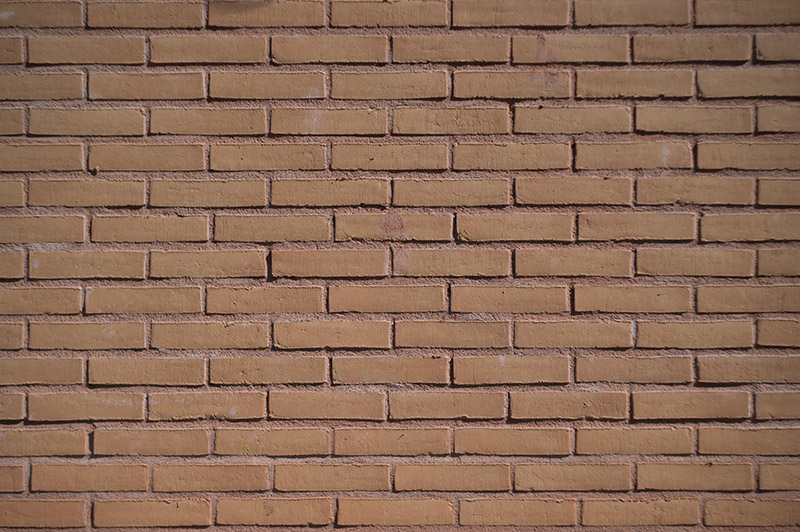
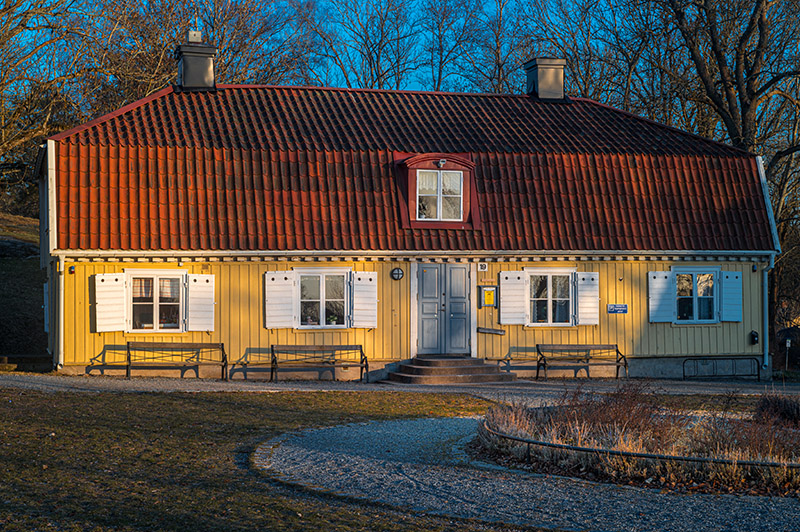
Vignetting
Fantastically good control of vignetting, a surprise for such an old lens.
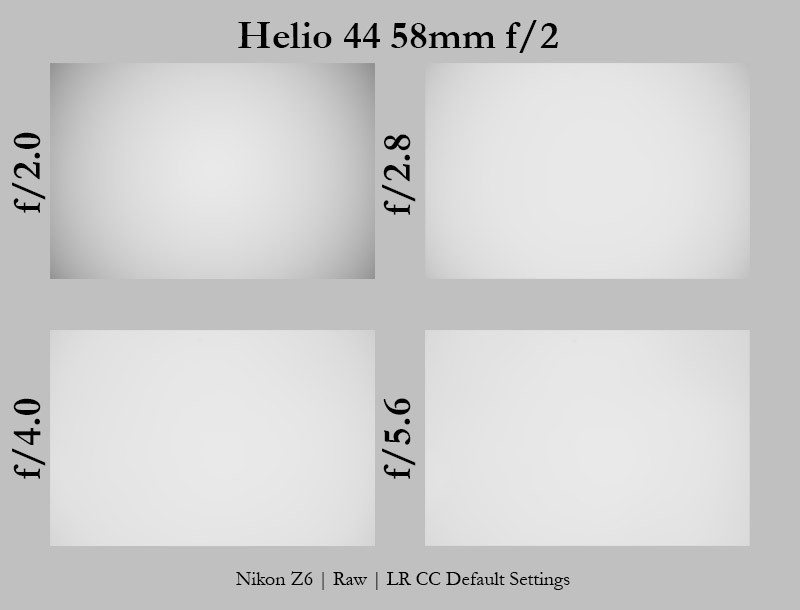
Only 1/2 stop at f/2, which improves to only 0.2 stop at f/2.8. At f/4 and closer apertures it has cleared up to negligible values.
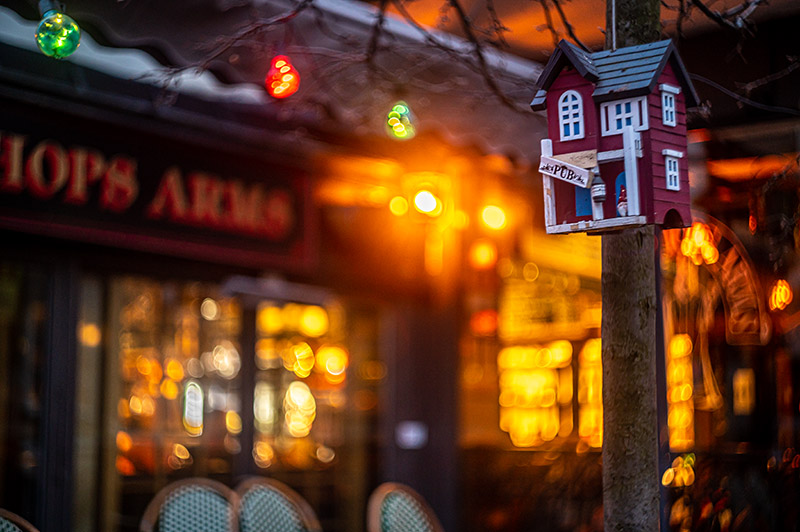
Flare Resistance
The Helios 44 is the first lens in Helios 58mm lens series and as such it has no coatings, which means no flare resistance if the sun rays hit the front lens in any circumstances.
Chromatic Aberrations & Focus Shift
The lens has longitudinal CA across the whole image that is reduced by stopping down, by f/4 it is at negligible levels and completely gone by f/5.6.
From the test images you can see that the lens also exhibits focus shift. As you stop down the lens the focus point is moved away from the center of the image, compared to where the focus was at f/2. This indicates that the lens suffers from spherical aberration.
Coma
The lens suffers from coma at f/2, f/2.8, and f/4 but it is gone at f/5.6.
Sunstars
For nice sunstars you should look elsewhere as you do not get any well defined ones with this lens.



Focus Breathing
As you can see the lens is suffering from focus breathing, which is not ideal for videographers.
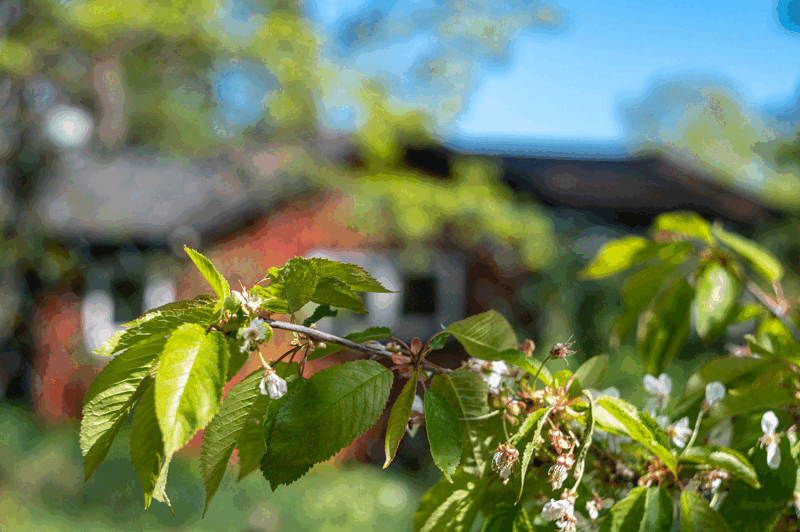
Bokeh
The beauty of bokeh is in the eyes of the beholder and it seems that it looks quite pretty and attractive in quite a number of people’s eyes. It is actually one of the strengths of this lens. Both its swirly character and soft background blur at closer distances especially for portraits. The extra blades do make a difference to the smoothness of the bokeh closed down. Here you can see the difference between Helios 44M with 8 blades (left) and Helios 44 with 13 blades (right) at different f/stops.
This is very useful for portraits and also close range photography. When it comes to this lens specific bokeh character, swirly bokeh, it is good to mention that in spite of common belief, the swirls don’t magically appear on all images. You have to work hard to find the right compositions, background and light to get those swirls but when you do, the results are wonderful.
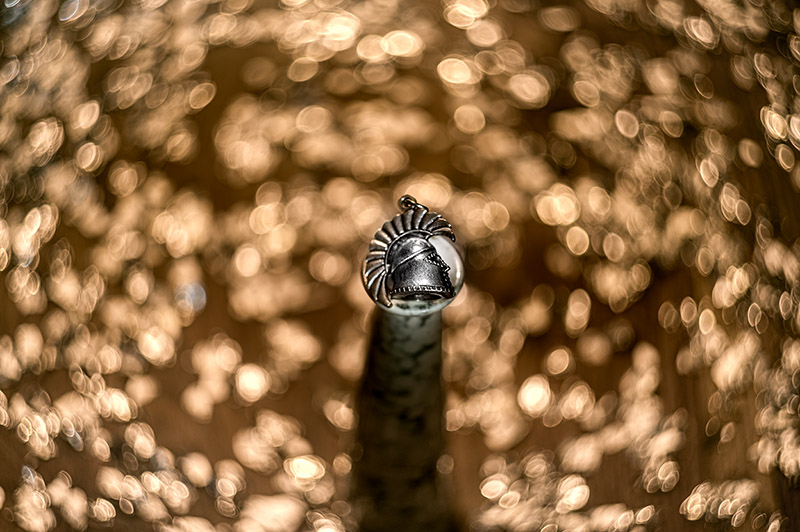
Conclusion
| I LIKE | INDIFFERENT / AVERAGE | I DON’T LIKE |
|
|
|
The main reasons about Helios of course is the swirly bokeh (and its vintage look and feel). It can be fascinating and uniquely different from most other lenses.
On full-frame cameras the lens is always sharp enough for portraits, when your subject is in the middle of the image frame. Although contrast levels are quite low at f/2, which needs some help in post processing. Stopped down the contrast and corner sharpness improves a bit but let’s face it, it’s not a stellar lens for detailed landscapes, it’s better you look elsewhere for say landscape or architecture photography applications.
Buy this lens ebay.com, ebay.de, ebay.co.uk, ebay.com.au (affiliate links)
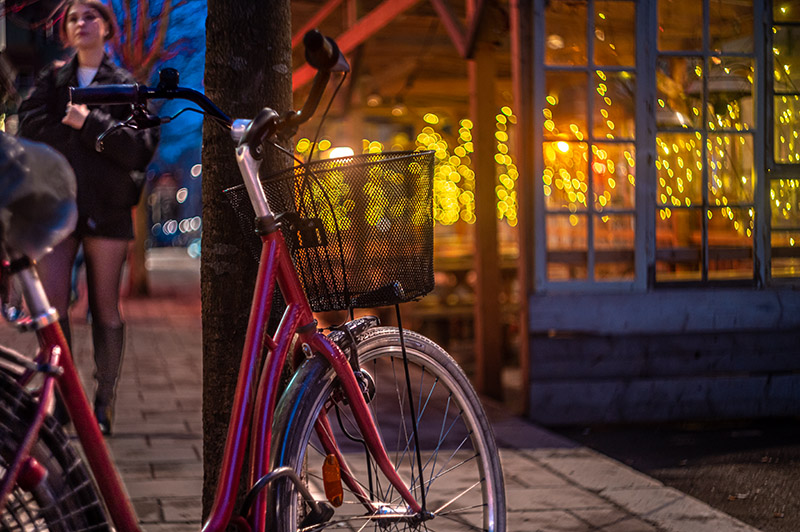
Alternatives
- Lensbaby Twist 60
This lens is currently under production and you can buy it new with very strong swirl effect.
Buy new: Amazon.com, Amazon.de for$280 (affiliate links) - Lensbaby burnside 35mm
Buy new: amazon.com, amazon.de for $400 (Affiliate links) - Helios 44-x 58mm f/2.0
The follow-up versions of the reviewed lens but with 8 or 6 aperture blades, with lens coating though, the later the version the better coating. These lenses are normally cheaper than the original Helios 44 without coating.
Buy from: ebay.com, ebay.de, ebay.co.uk, ebay.com.au (affiliate links) - Zenitar 50mm f/1.2 S
Another Russian lens with swirly bokeh, 1.3 stops faster, 3-6 times more expensive but it covers only 24х16mm (APS-C sensors)
Buy from: ebay.com, ebay.de, ebay.co.uk, ebay.com.au (affiliate links) - Lomography Petzval 85mm f/2.2
This lens is currently under production as a revival of the original Petzval with stronger swirls
Buy new: amazon.com, amazon.de (affiliate links) - Carl Zeiss Jena Biotar 58mm f/2
The original lens that Russians copied to make the Helios 44 and all its successors,
Buy from: ebay.com, ebay.de, ebay.co.uk, ebay.com.au (Affiliate links) -
Meyer Optik Görlitz Biotar 58mm f1.5 II
A revived Biotar by the “new” Meyer-Optik Görlitz, same optical formula but with 14 blades aperture and faster at f/1.5 instead of f/2.
Buy new: amazon.com, amazon.de for $1199 (Affiliate links)
More Sample Images
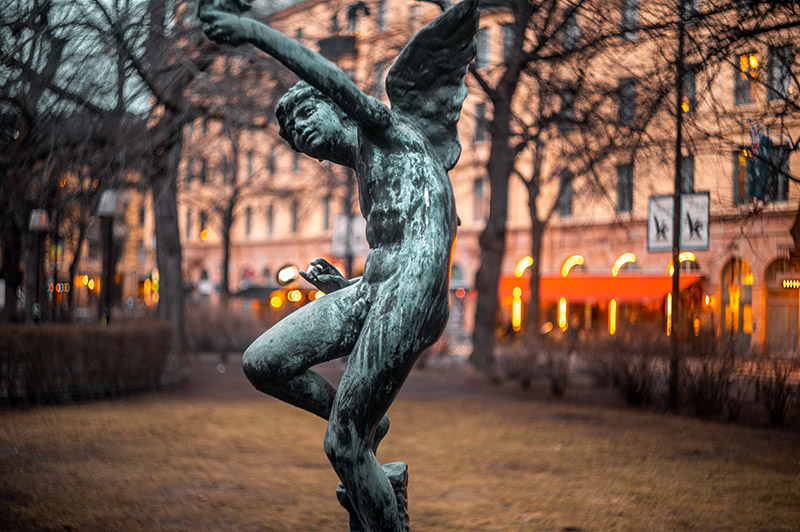
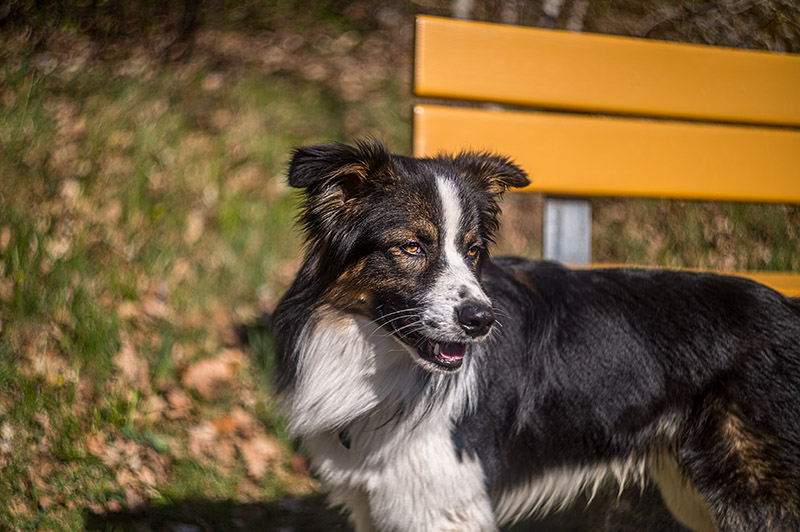
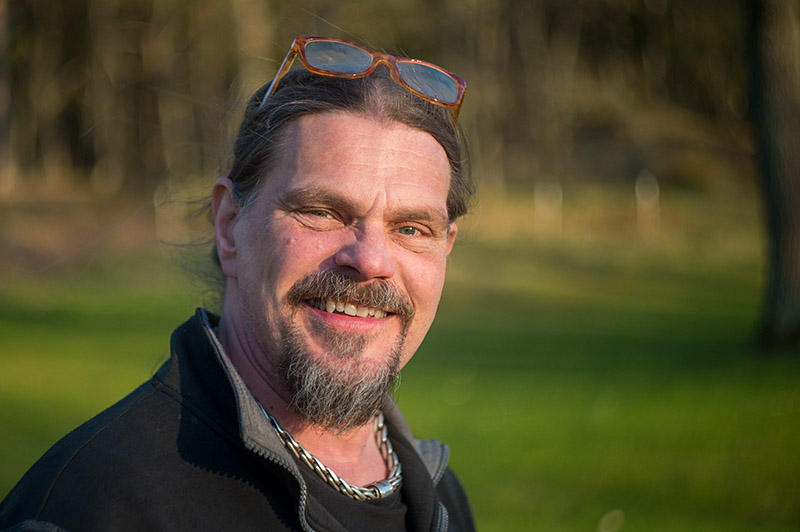
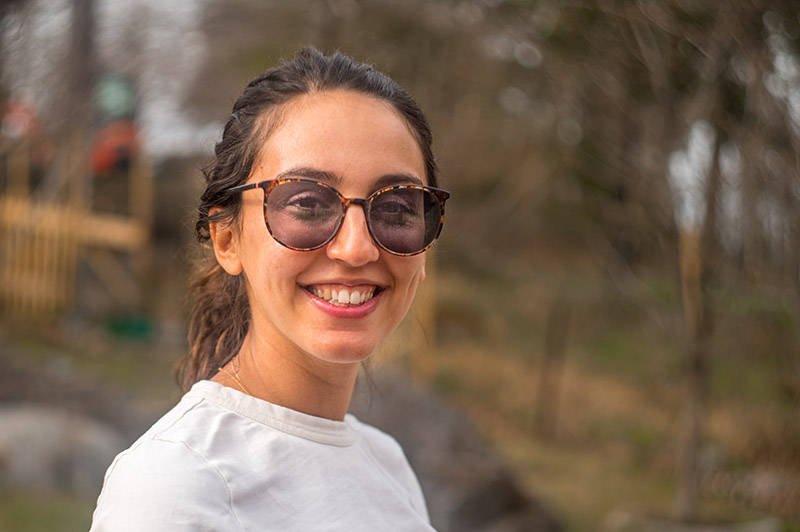
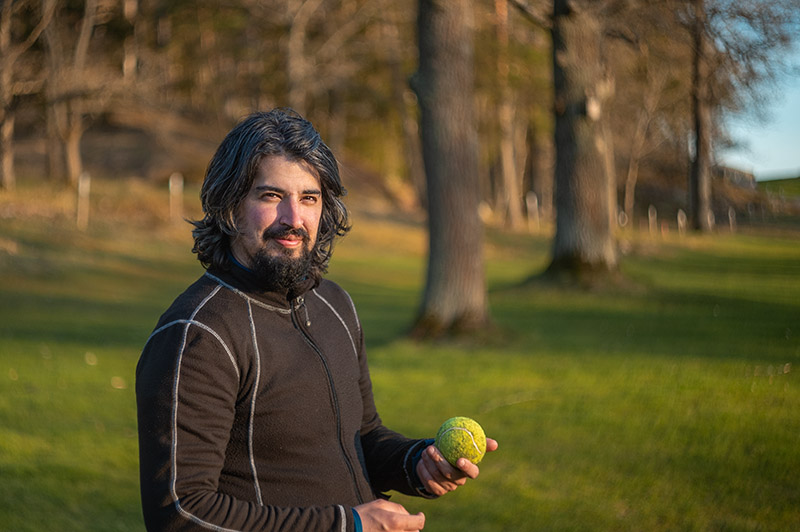
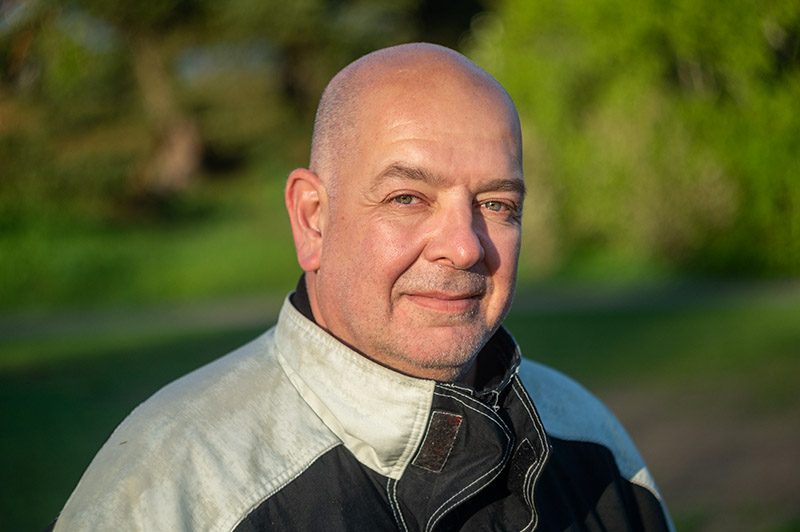
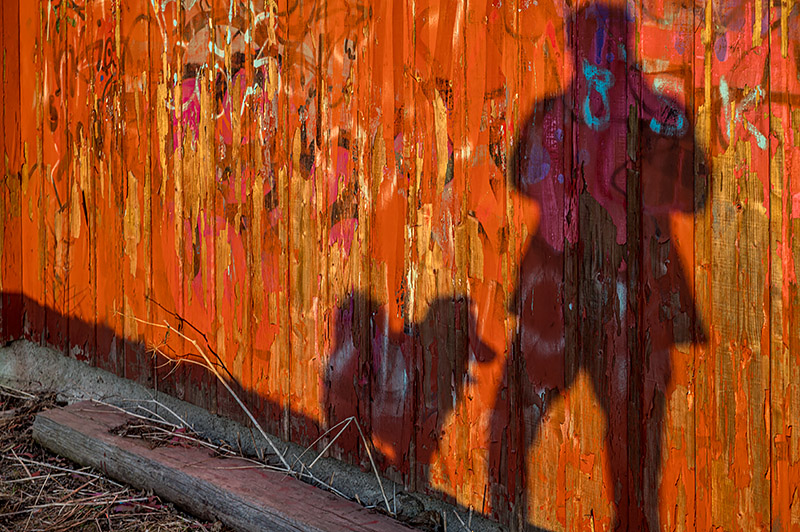
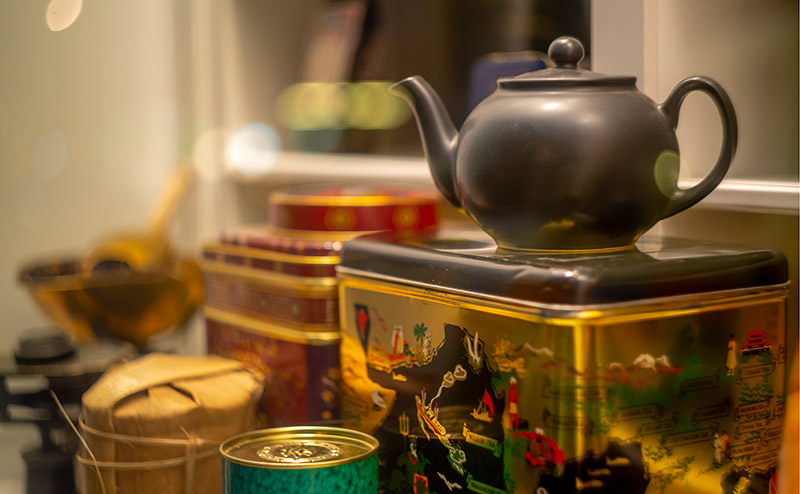
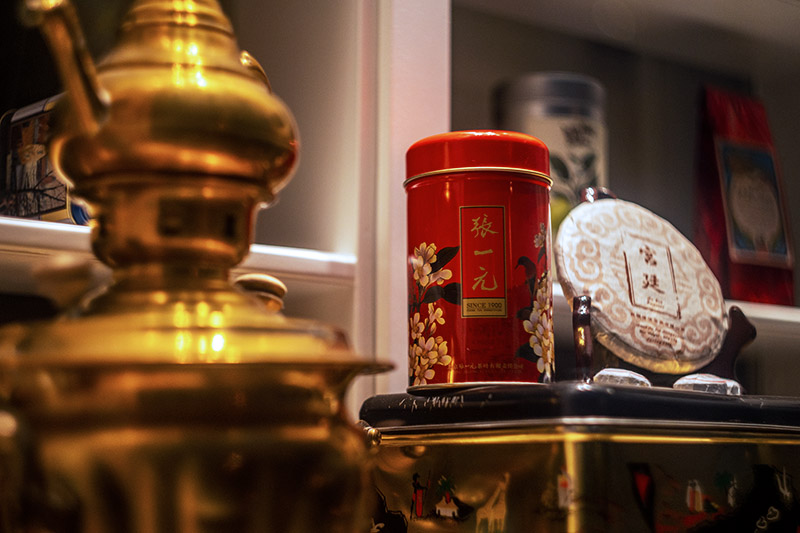
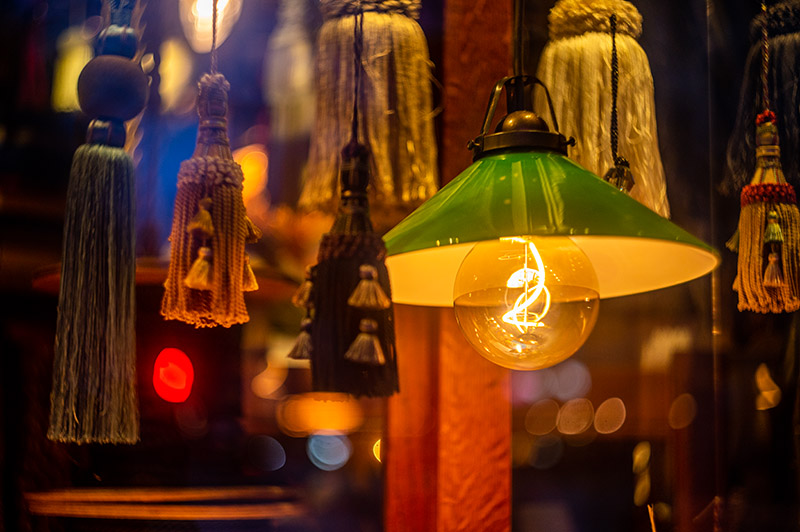
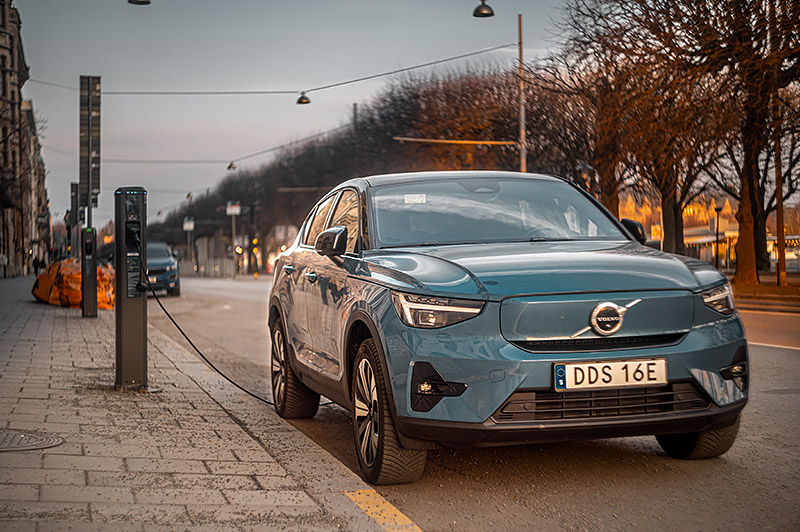
Most of the sample images in this review and many more can be found in higher resolution here.
Further Reading
- REVIEW: SIGMA 40MM 1.4 ARTREVIEW: SIGMA 40MM 1.4 ART
- VOIGTLANDER 40MM F1.2 NOKTON ASPHERICAL: AN IN DEPTH REVIEW
- ADAPTING LENSES – STILL WORTH IT IN 2023
Support Us
Did you find this article useful or just liked reading it? Treat us to a coffee!
![]()

(Donations via Paypal)
This site contains affiliate links for which I may receive a small commission if you purchase via the links at no additional cost to you. This helps support the creation of future content.
Martin
Latest posts by Martin (see all)
- Analogue Photography – Part 1: A Personal Journey into Film Photography 1/2 - June 18, 2025
- REVIEW: Laowa 8-15mm f/2.8 FF Zoom Fisheye - June 10, 2025
- Review: TTArtisan Flash M01 + Wireless Trigger J01 - June 6, 2025



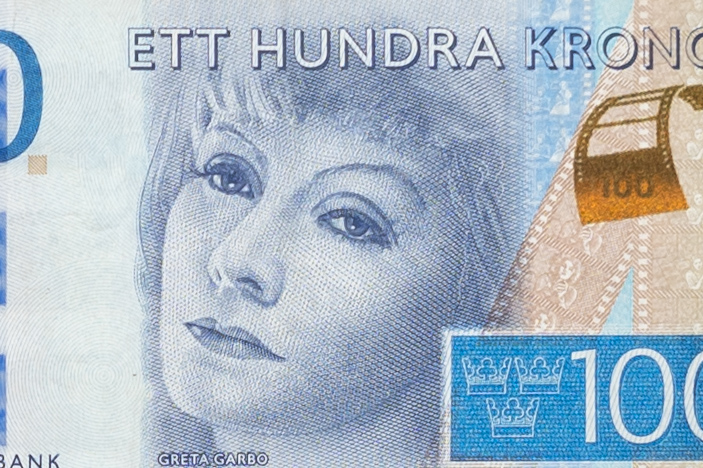
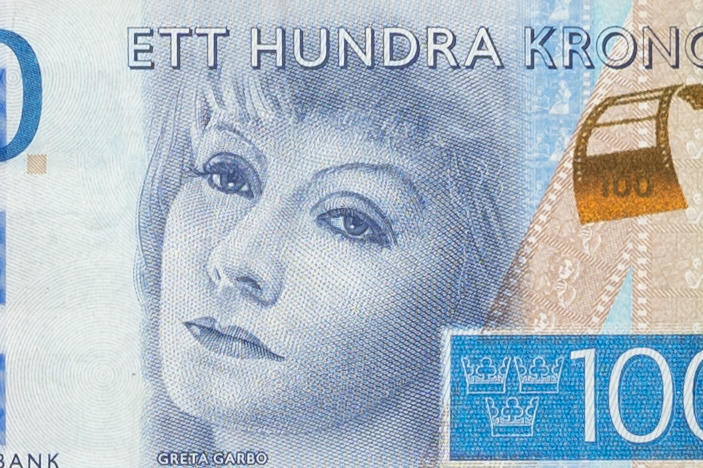




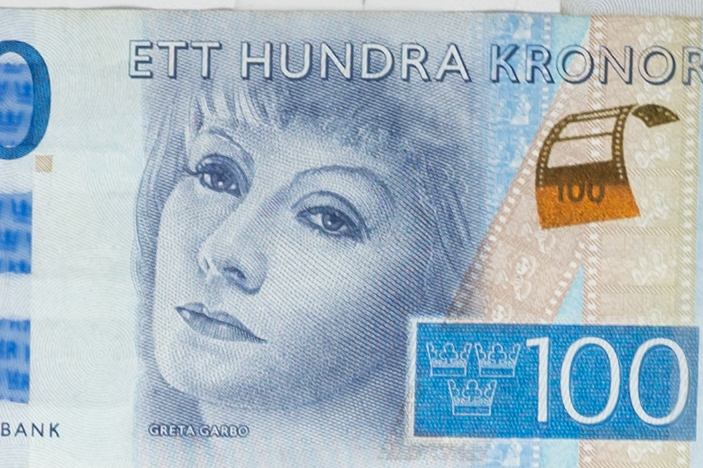
















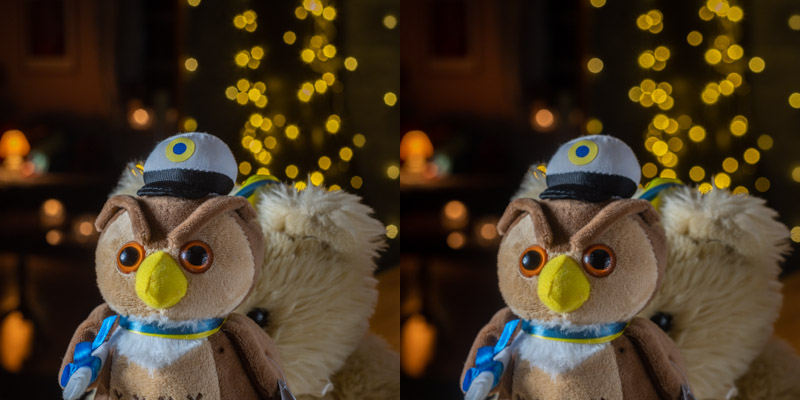
It’s a nice old piece of optical equipment and cheap. I use it with a focusing helicoid for close up/macro with good results — of course it’s always a bet, you can’t tell how it will end before looking at the result.
There are many people that use the Helios 44 lenses for flower photography, especially on APS-C cameras, which allow them to use the cropped sensor magnification.
Non-focussing to infinity is a result of the fact that both lenses and cameras (especially the early versions) were designed to be produced with the not-so-accurate machinery available at the time in ussr. As a result, every lens was matched to specific camera, so on a modern standardised adapter the focal flange may not match that of the adapter. But it’s quite easy to adjust (just several screws). Alternatively, you can search for a more recent version (i.e. 44М-7) which also have better contrast due to better coatings and blackening of the lenses (but fewer aperture blades). The problem with most recent versions is, however, that ussr started to disintegrate and so the QA dropped at some point, so there might be a larger scatter in quality in more recent versions.
I’d never heard that. Is this a fact? It sounds a little far-fetched, if they had difficulties to get the lenses in standard dimension how on earth could they make an exact match camera? The uncertainty would double and at the end they should get more than half of the lenses and half of the cameras that don’t match anything. I think it’s the different flange distance of M39 and M42 and the fact that I am using it with a M42 adapter.
Are you referring to the Zorki Leica rangefinder copies? The early H44s were made for SLR-cameras on original Zeiss-machinery taken from the Jena factory. They even used original Biotar glass for a while. The legendary professor David Volosov recalculated the formula for Soviet glass types, and Khrushchev wanted desperatly to increase popularity by producing more consumer goods, like SLRs in high demand. The rest is history.
Thank you for another great review! I must note that Zenitar-S 50mm f/1.2 appears to be a cropped lens, therefore it’s doubtful to consider it an alternative to Helios-44.
Thank you. It can be used on modern FF cameras if you set your camera in APS-C mode, You can do that on Nikon Z cameras. Anyways, to be clear I add a comment that that lens only covers APS-C sensors.
Very nice review Martin! I have one too that I picked up for $5.
What surprises me most is the resolution and resolving power of the lens designed so long ago. It’s really sharp on my 61MP camera, especially in the center. Great for macro-esque shots too.
It’s just one of the best value lenses out there.
Yes, the resolving power of this lens in the center is amazing and that’s why you can get so wonderful portraits when the subject is in center but periphery is cloaked in a dreamy blurness.
The problem with infinity focusing might be due to Zenit’s M39 mount having a flange distance of 45.2 mm, different from standard M42’s 45.5 mm. A cheaper adapter that goes over infinity might actually help here.
Yes Nikita, that’s the real reason behind the problem why the lens cannot focus on infinity, I just stated it cannot focus on modern cameras at infinity without going into details. But it was a miss as it seems that there are many who have come with different comments.
I have taken the separate adapter M42 and cut 0,3 mms – for M39.
Now get another copy to reverse the front element for even more funky bokeh 😉
I’ve had 5 of them at the same time, I sold 3 44-2 and now I have only the original 44 and a 44M. I have never been tempted to reverse the front lens as the effect has not been appealing to me. I think I pass on that one.
Another lovely article- Thank you Martin!!
The Zenit & Helios 58 f2 combo are very dear to my heart as I entered the world of vintage glass when I found this set(44M-5) , years ago in the streets of Old Delhi.
Lens & camera are still with me though the aperture blades have fallen apart- Adapted, this lens has crazy bokeh but always sharp !!
Thanks Lestor.
Nice to see new reviews of real vintage lenses. Great read.
But I miss some obvious alternatives.
1.) Carl Zeiss Jena Biotar 58mm F2. There is a great review of the Zeiss Biotar: https://casualphotophile.com/2019/02/13/carl-zeiss-jena-biotar-58mm-f-2-lens-review/
I myself own a nice Exakta 17 blades Zeiss Biotar red T. A little bit more expensive than the Helios ones but from Zeiss and with other aperture blades and designs as the Kiew products. There are some Exakta adapters for modern cameras. Unfortunately my copy produces only very minor swirl bokeh or I have not found the right recipe yet.
2.) Meyer Görlitz Biotar 58mm F1.5 (!!)
It is out already: https://www.meyer-optik-goerlitz.com/de/objektive/biotar-58-f1.5-ii
Way more expensive but with modern coating, glass and F1.5.
Thanks Räuber,
You are right, it is a miss not to mention the original lens in alternatives. I’ll add that one.
A special effect lens, but competent, and only £70. As mentioned, great for video.
there are 3 sub-versions of the silver Helios-44 M39, the earliest one with 13 aperture blades and the aperture range 2-22, then the one that you reviewed, with the aperture range 2-16 and the last one with 8 aperture blades.
Thanks Rinat, I made some research and found the f2 to f22 variant too. I modified the variant section.
I own the last version of the original Helios-44 with M39 mount. I also have a number of other 44-* variants, but none of them matches the image quality of the original M39 “silver”. The black 44-2 made in Valdai comes second. Other versions of the same basic project are not very impressive. For example the 44-3, which should be a 44-2 with multicoating, left me cold. The lens is not bad, it’s just “average”. Speaking of versions with a more “modern” optical signature, I have used with satisfaction the Helios-44 in PK mount with Pentax DSLR cameras, both APSC and FF.
The best way to adapt the old Helioses in Zenit M39 mount is to (easily) unscrew the front optical group, remove the washer/spacer that sits at the bottom, and sand it with circular movements over a sanding paper. If you don’t have a high precision caliper do the sanding a little at a time, testing each time if the infinity is reached.
Lenses bought from good vendors from Ukraine or (before war) Russia often sold Zenit M39 objectives already in perfectly working conditions, complete with the M39>M42 ring and with infinity perfectly registered. Years ago I bought an Helios-40 in like-new conditions that was ready to shoot, with spot-on infinity.
Nice. I am aware of the sanding of the spacer ring method to get the infinity method. Do you also have any of the very last generation of them, the 44M-7
I’m going to do a review of Helios 44 in the coming months.
Dear Martin, we’re looking forward for your review!
Which version are you planning to evaluate? Without digging deep into genealogy, there are super-cheap late 44’s (in black body, M42), more expensive silver-bodied early 44’s in M39, and finally – various versions of original Zeiss Biotar, which aren’t super-expensive as well, comparable to early silver 44’s (or somewhat more expensive, depending on overall condition and age).
I’m personally interested in a Biotar, preferably early post-war version with 17 aperture blades and 40.5mm filter size.
I have already done Helios 44, right now no more Helios 44 reviews is planned as there is already one.
You can read the Helios 44 review here:
https://phillipreeve.net/blog/review-helios-44/
Ah, sorry, I misunderstood you – I thought that one more Helios-44 is in your plans for some reason (as long as this discussion already takes place on Helios-44 review page).
Thank you for the review! But I think there are more versions than mentioned. It seems they built several lense series inofficially in the USSR.
You write: “Later versions are all black and have the namings 44-2…”
I do have a silver 44-2 one.
https://flic.kr/s/aHBqjAPJSd
Thanks. It is fascinating and strange at the same time. How many aperture blades does your lens have?
Do you know if it is renovated or repaired?
Looks like it has even been stripped of color or left the factory without ever having had color.
I’m not sure if that lens is a genuine Helios 44-2, there are several strange details with that lens. It has the Belomo factory logotype. They did not make any silver lenses as far as I know. Also, they started making Helios lenses from early 1970s, while the early Helios 44s were made in KMZ factory since 1952. All Helios lenses have a serial number that are incremented. Only the very early Helios 44 lenses by KMZ have serial numbers starting with 00. Even at KMZ they had reached numbers of 01 as first digits. It does not makes sense that a Belomo lens has the serial number starting with 00.
I suspect that the lens is a modified Helios 44. So, let’s see how many aperture blades that lens have and which screw mount? M39 or M42?
Hello Peter,
Your lens is not original in silver. There are sellers who remove the original black paint and then sell the lens at a higher price. I did the same with mine, but only partially. There is no 44-2 in original chrome finish. Please excuse my poor English.
Greetings from Germany,
Denis
That lens have singlecoat treatment (faint, bluish reflection, just one plain coat of magnesium fluoride (MgF2)), like many 50-60s lenses
Multicoat appears (mainstream) in the beginning of the 70s (for example, Canon and Nikon have several “rare” versions (trials I guess), of different colors (bluish+pinkish reflections, yellow+blue, etc), prior to the offcial appearance of the SSC and NIC treatments, respectively
.
– “High-aperture six-lens anastigmat. Coated optics (single) or multi-layer coating.”
source
http://www.zenitcamera.com/archive/lenses/helios-44.html
As always, a great review, Martin! Special thanks for a bokeh comparison of 8 blades vs 13 blades.
Are you interested in testing Helios-40 which makes even better bokeh? I have an old silver one (M39) Red P in very good condition with all original packaging and docs.
Many thanks Alexander.
It is indeed a very attractive offer, that lens is one of the two bokeh giants from the old USSR together with the Jupiter-9.
Where are you living?
I live in Latvia, but I can send it to you with DPD or regular post, should be pretty quick. If interested, please write me an email and we will arrange it. Thanks!
Very well. Do you follow us on Instagram (@phillipreeve)?
If yes, you can send a direct message to med via the Instagram account.
Or please send an email to me at sthlm360.mh@gmail.com
Just sent DM on Instagram.
Hi Martin,
I love your precise reviews.
Would like to seek your comments on whether the later version of the Helios 44 with M42 mount performs the same as the M39 mouths.
Thanks.
Chua
Thank you. I wonder if you mean Helios 44-2, 44-3, etc when you say later version of Helios 44 with M42?
Because, as far as I know all Helios 44 lenses have M39 mount, the ones with M42 mounts were named 44-2, 44-3, 44M, 44M-4, 44M-5, 44M-6, and 44M-7.
Also, when you ask how they perform, which aspect do you have in mind?
Optically they have the same lens construction and should have the same perfomance but there are some differences, bokeh will be different with the later model as soon as you stop down just a little as the original M44 has 13 aperture blades, the later ones had 8 or 6. On the other hand the very last ones M44-6 and especially M44-7 had better coating, and could resolve a tiny little better (possibly difficult to notice it in normal conditions) and also the were less prone to flare. That in turn could lead to less “dreamy” bokeh in certain situations.
Infinity issue:
Please read my reply in the Helios 40 review. Don’t sand your spacer rings.